Have you ever wondered why some coffee beans taste so different from others? The world of coffee is rich and diverse, and understanding the differences in coffee beans can truly elevate your brewing experience. Whether you’re a casual drinker or a dedicated aficionado, knowing about the various types of beans can help you find that perfect cup that suits your palate.
In this article, we’ll dive into the fascinating world of coffee beans, exploring the key differences between popular varieties like Arabica and Robusta. You’ll also discover some rare beans that might just pique your interest. But that’s just the beginning! We’ll also look at how the roasting process impacts flavor and what brewing methods can bring out the best in your chosen beans.
By the end of this journey, you’ll be more equipped to make informed choices about your coffee, from selecting the right beans to perfecting your brewing method. So, grab your favorite mug, and let’s explore the delightful differences that make each cup of coffee unique!
- Discover the key differences between Arabica and Robusta coffee beans.
- Learn how roasting impacts flavor profiles from light to dark.
- Explore various brewing methods and their influence on taste.
Types and Characteristics of Coffee Beans
Differences Between Arabica and Robusta
When it comes to coffee, the two primary types of beans you’ll encounter are Arabica and Robusta. Each of these beans has its own unique characteristics that significantly affect flavor, aroma, and even caffeine content. Arabica beans tend to have a smoother, more nuanced flavor profile, often described as sweet or fruity. This makes them a favorite among many coffee lovers. On the other hand, Robusta beans are known for their stronger, more bitter taste and higher caffeine content, giving them a punchy kick that some people really enjoy.
One of the key differences lies in their growing conditions. Arabica beans thrive in higher altitudes and cooler climates, which contributes to their delicate flavor. In contrast, Robusta beans are hardier and can withstand harsher environments, making them easier to cultivate. This difference in cultivation not only affects the taste but also the price, as Arabica beans are generally more expensive due to their more complex growing requirements.
Moreover, when it comes to brewing, the choice between Arabica and Robusta can alter your coffee experience dramatically. Arabica beans are often preferred for specialty coffees, where quality and flavor are paramount. Robusta, with its boldness, is frequently used in espresso blends, adding a rich crema and a fuller body to the drink. Understanding these differences can help you select the right beans for your mood or the occasion.
In summary, knowing the distinctions between Arabica and Robusta beans allows you to appreciate the diverse world of coffee even more. Consider experimenting with both types to discover which one resonates with your palate the most.
- Arabica beans are smoother and sweeter.
- Robusta beans are stronger and more bitter.
- The growing conditions for each type greatly impact their flavor.
Other Rare Coffee Beans
While Arabica and Robusta are the most well-known, there’s a whole world of rare coffee beans waiting to be explored. Some of these unique varieties offer flavors and experiences that can be truly exceptional. For instance, Geisha coffee, originating from Ethiopia and popularized in Panama, is celebrated for its floral and jasmine-like aroma. Many enthusiasts consider it one of the finest coffees in the world due to its distinctive taste and limited availability.
Another fascinating variety is Kopi Luwak, made from beans that have been eaten and excreted by the civet cat. This process is said to enhance the flavors, resulting in a smooth and rich cup of coffee. However, the ethical concerns surrounding civet coffee have sparked debates, so it’s essential to choose responsibly sourced options if you’re curious to try this unique brew.
Lastly, there’s the exciting world of single-origin coffees, which come from a specific region or farm. Each location has its own unique climate, soil, and cultivation practices, leading to distinct flavor profiles. Exploring single-origin coffees can be a delightful journey, allowing you to experience the nuances of different growing regions.
In conclusion, diving into the realm of rare coffee beans opens up a treasure trove of flavors and experiences. Whether you’re drawn to the elegance of Geisha or the intrigue of Kopi Luwak, there’s always something new to discover in the world of coffee.
- Geisha coffee offers floral and jasmine-like flavors.
- Kopi Luwak is made from beans processed through civet cats.
- Single-origin coffees showcase distinct regional flavors.
The Roasting Process and Its Impact
Differences Between Light, Medium, and Dark Roasts
Once you’ve got a handle on the differences between various coffee beans, the next big player in the flavor game is the roasting process. The roast level of coffee can dramatically change its taste, aroma, and even caffeine content. The three primary roast levels—light, medium, and dark—each bring unique characteristics to your cup of coffee.
Light roasts are known for their bright and fruity flavors. They retain most of the original characteristics of the coffee bean, showcasing the distinct qualities of the region they come from. Since they are roasted for a shorter time, the beans maintain higher acidity and often have a vibrant, tangy taste that can be quite refreshing.
Medium roasts balance acidity and body, offering a well-rounded flavor profile. They typically highlight the sweetness of the beans while still allowing some of the original flavors to shine through. This roast level is a favorite among many coffee drinkers, as it provides a nice blend of the bean’s natural flavors and the roasted notes.
Dark roasts, on the other hand, are bold and rich. The extended roasting time brings out deep, robust flavors, often described as chocolaty or smoky. However, this can also mask the unique characteristics of the beans, which is why some coffee enthusiasts prefer lighter roasts to truly appreciate the nuances of different coffee varieties.
Understanding these roast levels can help you choose the right coffee for your taste. Whether you’re in the mood for something bright and fruity or bold and rich, the roast you select can make all the difference.
- Light roasts highlight the original flavors of the beans.
- Medium roasts offer a balance of acidity and sweetness.
- Dark roasts provide bold, rich flavors with a smoky finish.
Flavor Changes Due to Roasting
The roasting process doesn’t just change the flavor profile; it also alters the chemical composition of the beans. As coffee beans roast, they go through a series of complex transformations, producing compounds that contribute to the aroma and taste. This is where things get really interesting for coffee lovers!
During roasting, the heat causes the beans to expand and release moisture, which develops a variety of flavor compounds. For instance, as the beans roast longer, sugars caramelize, leading to sweet notes, while oils begin to surface, adding richness. The longer you roast, the more pronounced these changes become, resulting in deeper and darker flavors.
It’s important to note that personal preference plays a significant role in how we perceive these changes. Some people may find joy in the bright acidity of a light roast, while others might prefer the boldness of a dark roast. Exploring these different flavors can be a fun journey, allowing you to discover what resonates with your palate.
In summary, the roasting process is critical in defining the final flavor of your coffee. By understanding how different roast levels impact taste, you can make more informed choices and truly enjoy your coffee experience.

If you’re eager to dive deeper into the world of coffee, you might find it beneficial to explore our article on Discover How Choosing the Right Coffee Beans and Adjusting Your Intake Can Elevate Your Coffee Experience!. This piece offers valuable insights on selecting the perfect coffee beans and the right amount to enhance your brewing experience, complementing what we’ve discussed about roast levels and flavor profiles.
- Roasting transforms the chemical composition of coffee beans.
- Longer roasting times lead to caramelized sugars and rich oils.
- Personal preferences greatly influence taste enjoyment.
Differences in Brewing Methods and How to Choose
Drip, French Press, and Espresso
Now that you have a better understanding of the various coffee beans and how roasting can influence flavor, it’s time to explore the fascinating world of brewing methods. Each brewing technique brings out different characteristics in the coffee, showcasing unique flavors and aromas. Three popular methods to consider are drip, French press, and espresso, each offering a distinct experience.
Drip brewing is one of the most common methods and is known for its simplicity. Water is heated and poured over coffee grounds, allowing the brewed coffee to drip through a filter. This method tends to produce a clean and smooth cup, making it easy to enjoy the nuanced flavors of the beans you’ve chosen. It’s a great option for those who appreciate a lighter, more delicate taste.
On the other hand, French press brewing allows for a richer extraction of flavors. This method involves steeping coarsely ground coffee in hot water for several minutes before pressing down a plunger to separate the grounds. The result is a full-bodied cup with a thicker mouthfeel, perfect for those who enjoy bold and intense flavors. The French press emphasizes the oils and fine particles in coffee, giving it a distinctive texture.
Espresso, a method often associated with coffee shops, involves forcing hot water through finely-ground coffee under high pressure. This technique creates a concentrated shot of coffee with a rich crema on top. Espresso is the foundation for many popular coffee drinks, like lattes and cappuccinos, and tends to highlight the deeper, more robust flavors of the beans. If you’re a fan of strong coffee, this method might be your go-to.
Experimenting with these brewing methods can be a delightful experience. Each one not only highlights different aspects of the coffee beans but also allows you to customize your coffee experience to match your mood or preferences.
- Drip brewing produces a clean and smooth cup.
- French press offers a full-bodied and rich flavor.
- Espresso highlights deep, concentrated flavors.
Taste Differences Based on Brewing Method
The method you choose to brew your coffee can significantly affect the overall taste profile. For instance, with drip coffee, the water typically passes through the grounds quickly, which can result in a lighter flavor. This makes it ideal for those who prefer a more subtle coffee experience, where the unique qualities of the beans can shine through.
In contrast, the French press method extracts oils and sediments that contribute to a more robust flavor. This means that coffee brewed this way may taste bolder and more intense, allowing you to explore the richness of the beans you’re using. Similarly, espresso brewing creates a concentrated dose of coffee that can highlight the sweetness and complexity of the beans, making it a favorite for those who enjoy strong flavors.
By understanding the differences in brewing methods, you can make more informed choices about how to prepare your coffee. Whether you prefer a light, clean cup or a bold, full-bodied brew, there’s a method that will suit your taste perfectly.
- Drip coffee is lighter and cleaner in flavor.
- French press enhances boldness and richness.
- Espresso delivers concentrated sweetness and complexity.
Coffee Storage Methods and Their Importance
How to Store Beans
Now that you’ve explored the various types of coffee beans and the impact of roasting and brewing methods on flavor, it’s time to talk about storage. Proper storage is crucial for maintaining the freshness and quality of your coffee beans. Once you have selected your favorite beans, how you store them can make a significant difference in taste.
First, it’s essential to keep your coffee beans in an airtight container. Oxygen is one of the enemies of freshness, and exposure can lead to stale flavors. Opt for a dark, opaque container to shield the beans from light, which can also degrade their quality. Ideally, you should store your coffee in a cool, dry place, away from heat sources like ovens or direct sunlight. This simple step can help preserve the unique flavors and aromas that you love in your coffee.
Another tip is to avoid buying coffee in bulk unless you consume it quickly. Coffee beans start to lose their freshness within a few weeks of roasting. If you have a favorite roast, consider purchasing smaller quantities more frequently to ensure you’re always enjoying the best flavors.
Lastly, if you find yourself with extra beans, you might consider freezing them. However, be cautious—only freeze beans that are sealed properly to prevent moisture from ruining them. When you’re ready to use them, let them come to room temperature before brewing.
- Store beans in an airtight container to keep them fresh.
- Use a dark container to protect beans from light.
- Avoid bulk purchases to ensure you always have fresh coffee.
Storage After Brewing
Once you’ve brewed a delicious cup of coffee, how you store any leftovers also matters. While many people enjoy their coffee fresh, sometimes you might end up with some brewed coffee that you want to save for later.
If you plan to keep brewed coffee for a short time, consider using a thermal carafe. This helps maintain the temperature without using a hot plate, which can lead to bitter flavors over time. If you have brewed coffee sitting in a regular pot, it’s best to consume it within a couple of hours for optimal taste.
For longer storage, you can refrigerate brewed coffee. However, be aware that it may lose some of its fresh flavor notes. If you decide to go this route, try to consume it within a day or two. You can also repurpose leftover coffee in various delicious ways, like using it in smoothies or desserts!
By understanding proper storage techniques for both beans and brewed coffee, you can significantly enhance your overall coffee experience.

If you’re eager to dive deeper into the world of coffee, you’ll definitely want to check out the article titled Exploring Coffee Bean Workshops! Your Complete Guide to Choosing, Roasting, and Brewing. This piece offers a comprehensive look at everything from selecting the perfect beans to the roasting and brewing processes, making it a valuable resource for enhancing your coffee experience.
- Use a thermal carafe to keep brewed coffee warm without bitterness.
- Consume brewed coffee within a couple of hours for best flavor.
- Repurpose leftover coffee in smoothies or desserts for added enjoyment.
Summary
In this exploration of coffee, we’ve uncovered the fascinating differences between various coffee beans, particularly focusing on the popular Arabica and Robusta types. We’ve learned how their unique characteristics affect flavor, aroma, and caffeine content, and how their growing conditions contribute to their distinct profiles. Additionally, we’ve examined the roasting process and brewing methods, which further influence the overall coffee experience.
Understanding these aspects can significantly enhance your enjoyment of coffee. By knowing how to choose, brew, and store your beans, you’ll be well-equipped to savor the delightful differences that each cup can offer.
- Arabica beans are smoother and sweeter, while Robusta beans are stronger and more bitter.
- The roasting process transforms flavor profiles, with light roasts highlighting original bean flavors and dark roasts providing bold, rich tastes.
- Brewing methods, such as drip, French press, and espresso, each showcase unique characteristics and flavors of coffee beans.
We’d love to hear about your coffee experiences! What are your favorite beans and brewing methods? Share your thoughts in the comments below!




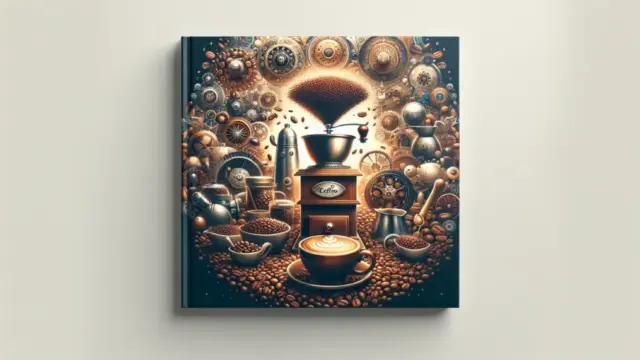
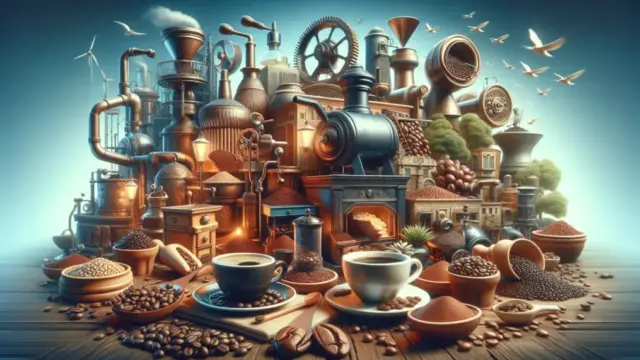





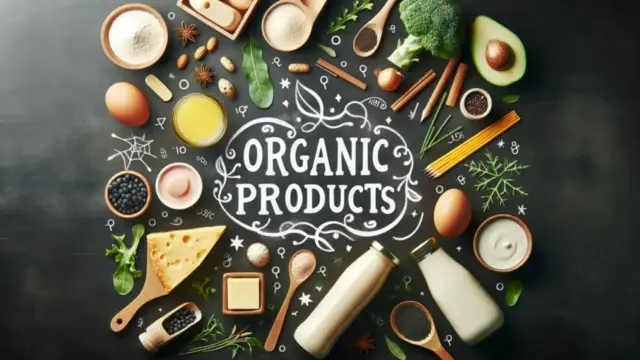
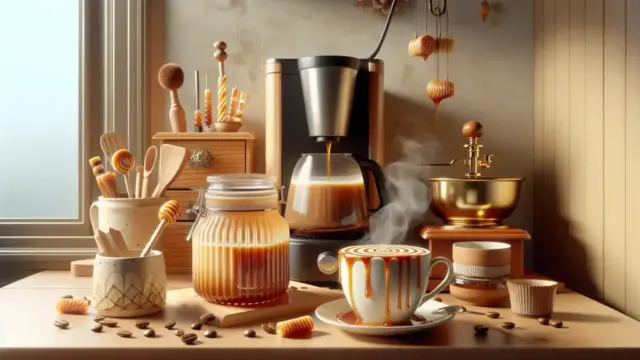





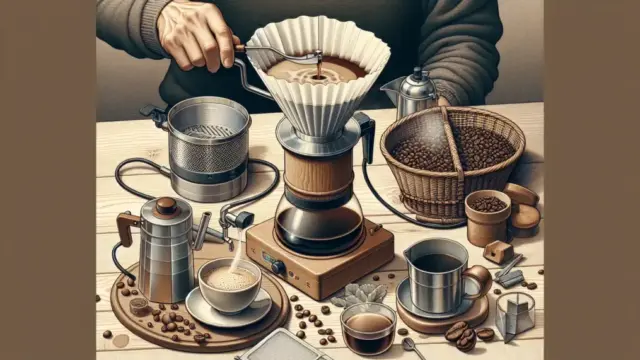










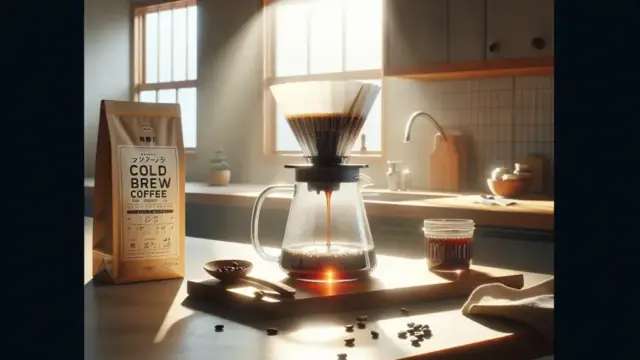

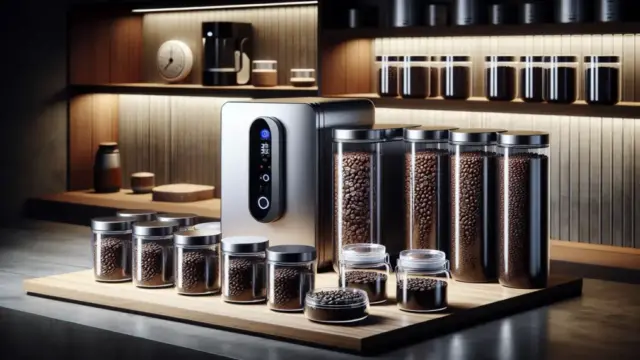


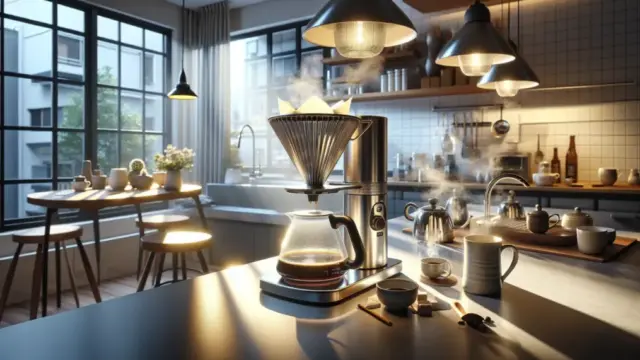
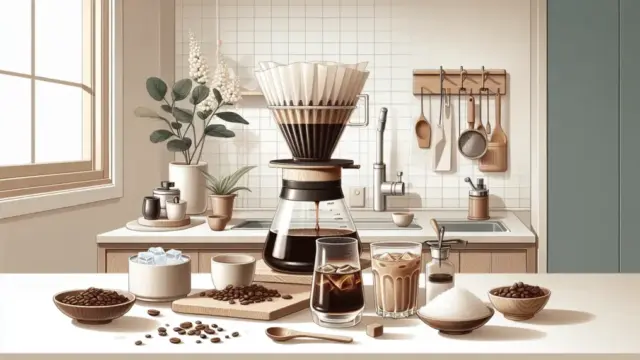




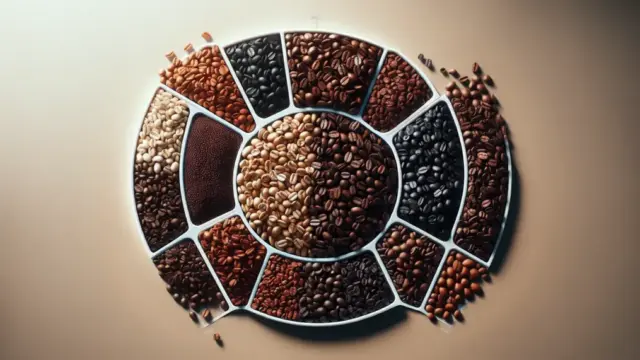


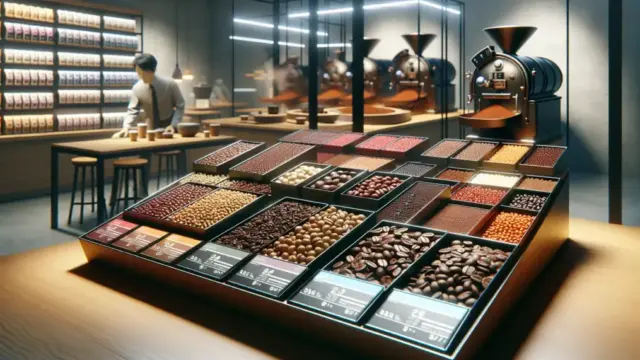






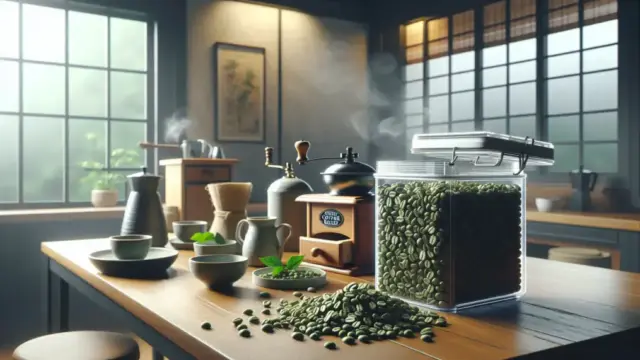
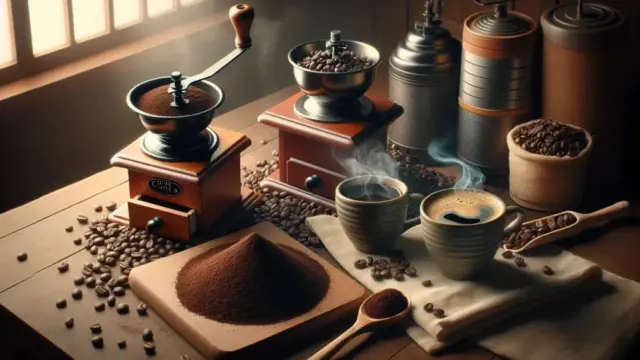


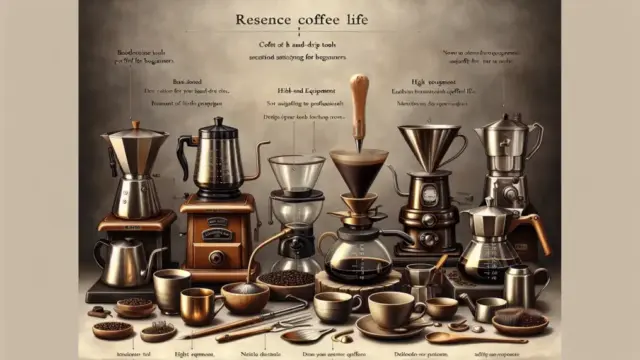





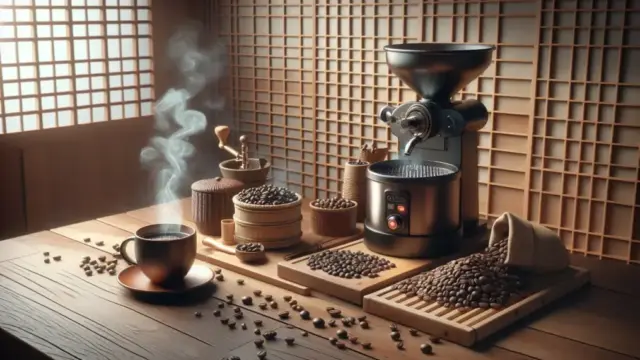



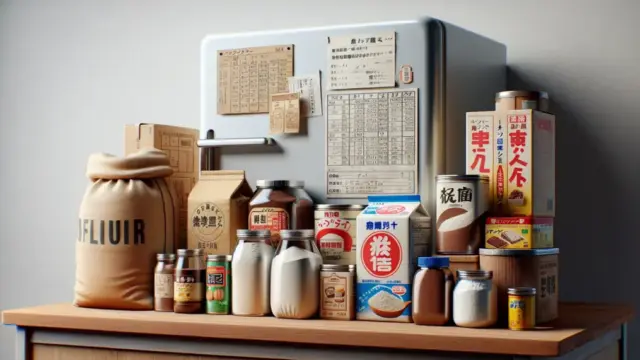


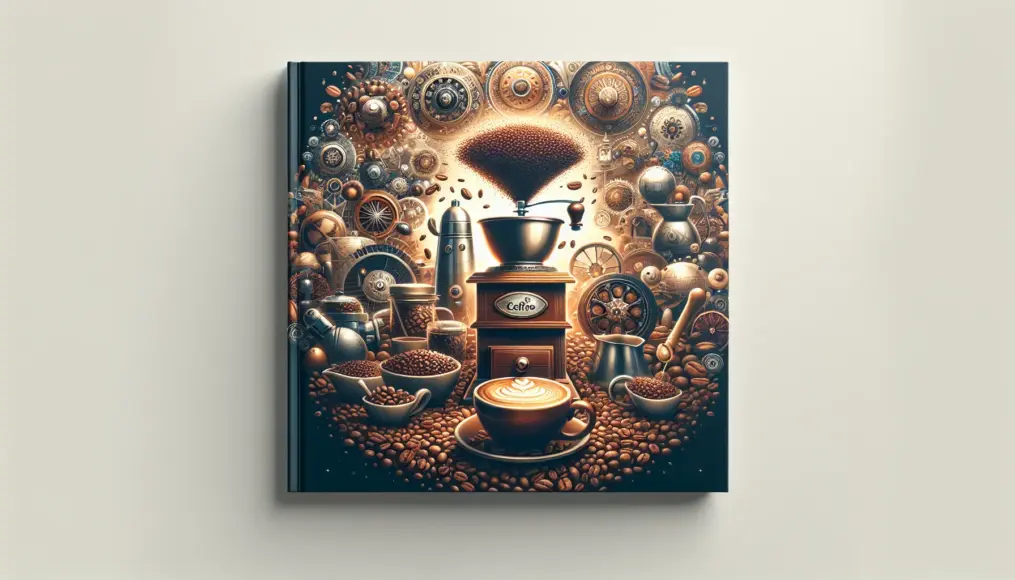
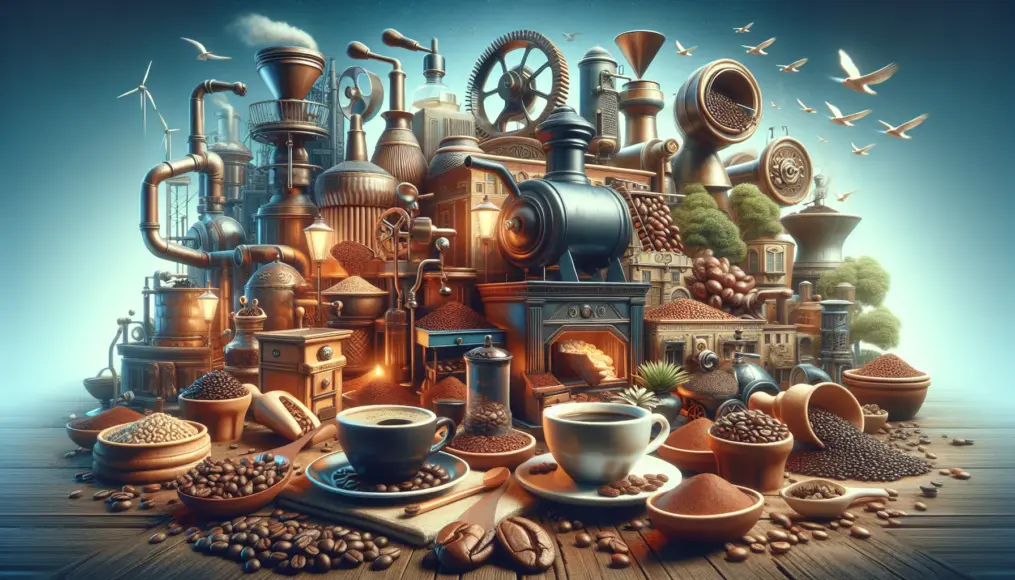
Comment